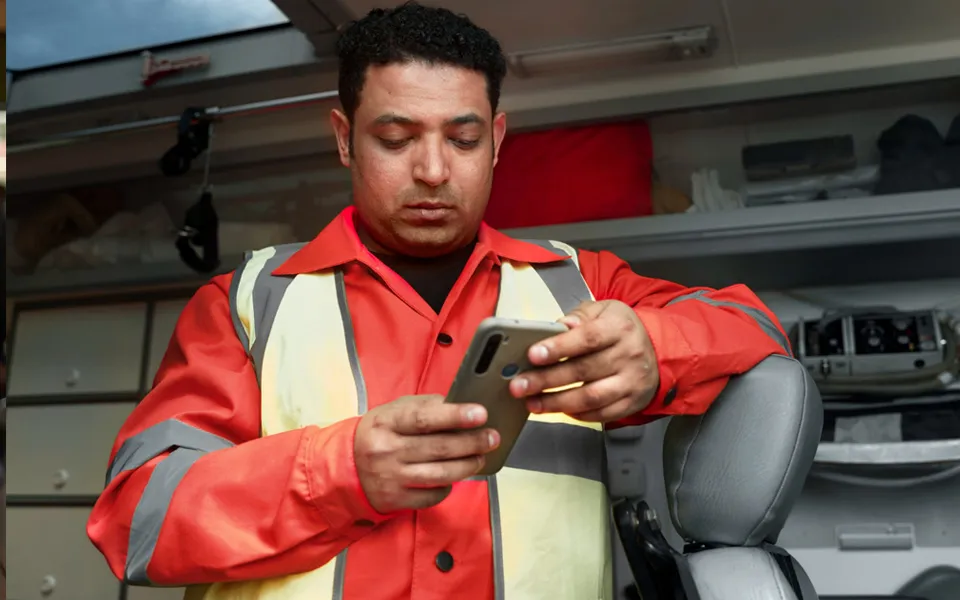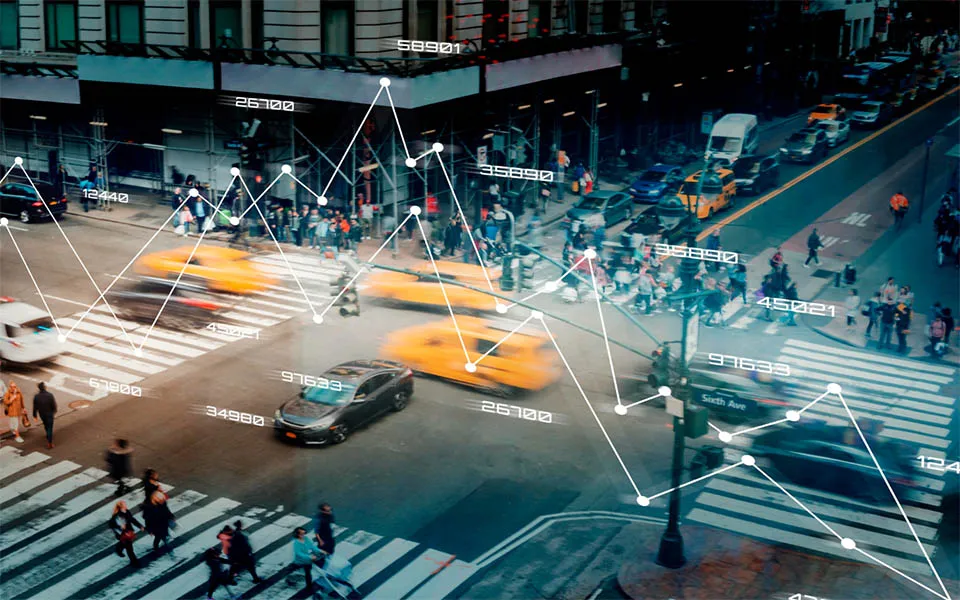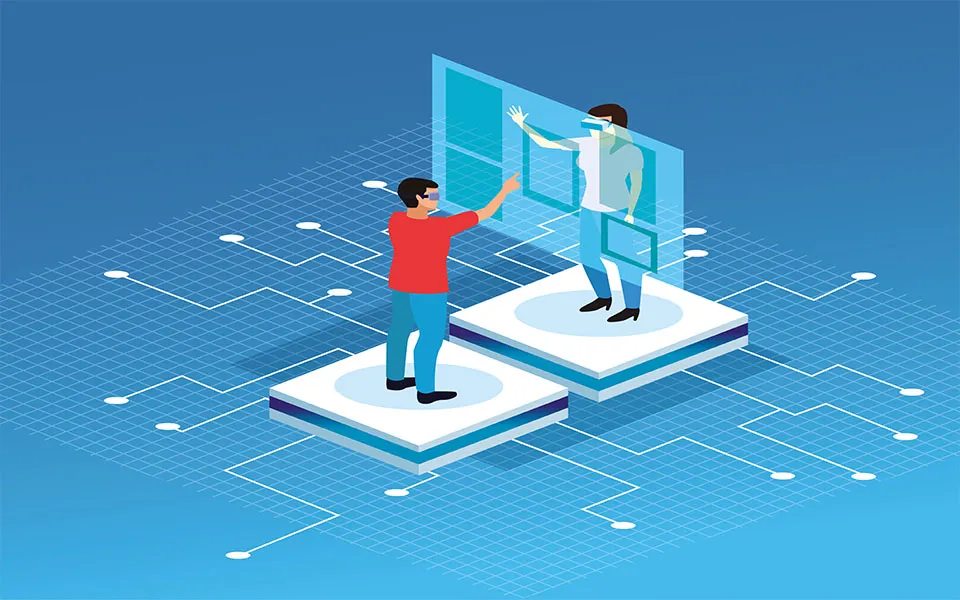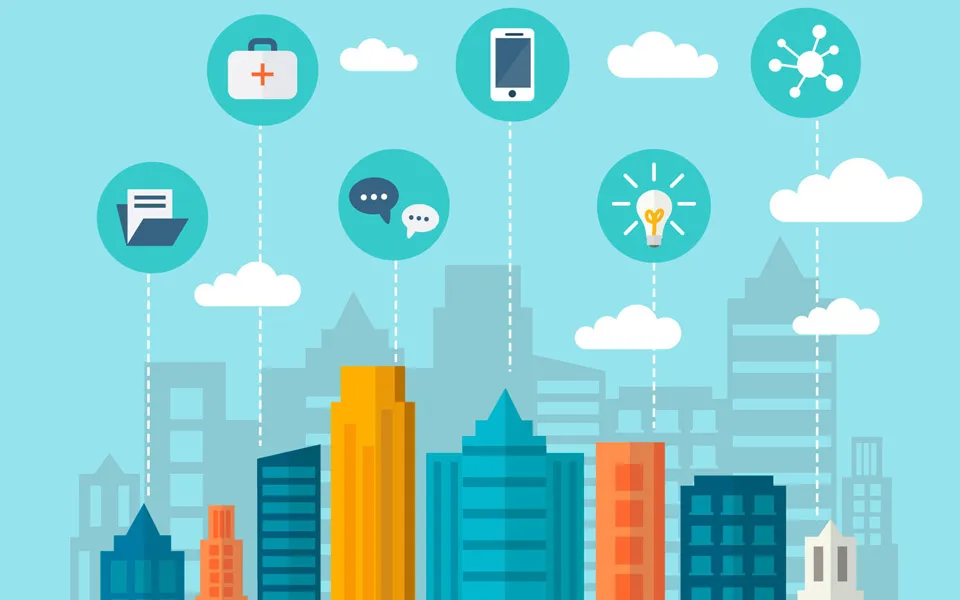Emergency Communication Vehicle Technology
Emergency communication vehicles are indispensable to public safety during critical situations. These specialized vehicles, whether police cruisers, fire trucks, or ambulances, serve as mobile command centers equipped with advanced technology. This in-depth article delves into the intricacies of emergency communication vehicles, examining both government and private sector solutions. We will explore their operational mechanisms, the challenges they face, and the transformative potential of Horizon Powered hardware and software.

Understanding Emergency Communication Vehicles
What Are Emergency Communication Vehicles?
Emergency communication vehicles are purpose-built mobile units designed to facilitate seamless communication and coordination during emergencies. They act as hubs for first responders, equipped with essential technology, including:
- Onboard Computers: These provide real-time access to critical information such as incident reports, maps, and databases, enabling quick decision-making.
- Routing Systems: Integrated GPS and routing systems guide emergency vehicles to incident locations efficiently, optimizing response times and reducing delays.
- Communication Networks: These vehicles connect to dispatch centers, hospitals, and other responders via priority access public safety networks like FirstNet®, Verizon FrontLine, and T-Mobile Connecting Heroes. These networks ensure reliable and secure communication channels even during high-traffic scenarios.
Challenges Facing Emergency Communication Vehicle Technology
1. Lean Budgets
Emergency response agencies often operate under tight budget constraints. This financial pressure forces them to prioritize between necessary technology upgrades and vehicle purchases. The cost of equipping vehicles with advanced communication technology can be substantial, making it difficult for agencies to keep their fleets up-to-date.
2. Device Overload
The increasing reliance on smart devices to enhance situational awareness can overwhelm first responders. Each device typically requires separate logins, data plans, and VPNs, adding layers of complexity. This can lead to confusion and slower response times as first responders juggle multiple devices and platforms.
3. Unreliable Bandwidth
Reliable network connectivity is crucial for effective emergency response. However, network congestion or infrastructure damage can result in loss of connectivity during critical situations. This unreliability can delay communication, hinder coordination, and pose significant safety risks.
4. Interagency Communication
Different emergency response agencies often use incompatible communication systems, creating barriers to seamless interagency communication. This lack of interoperability can impede coordinated efforts during large-scale emergencies, where collaboration between multiple agencies is essential.
Government Sector Solutions
CBRS Tier 1 for Government
To address these challenges, various government initiatives and dedicated networks have been established:
- FirstNet®: A dedicated network for public safety agencies, ensuring priority access to communication channels during emergencies. This network is designed to remain operational during high-demand situations, providing a reliable communication lifeline for first responders.
- Verizon Frontline: A network tailored for first responders, offering robust and reliable connectivity. Verizon Frontline provides priority access and preemption capabilities, ensuring that emergency communications take precedence over non-critical traffic.
- T-Mobile Connecting Heroes: This program offers emergency services a tailored network solution, providing reliable and prioritized communication channels.
Custom Solutions by Horizon Powered
Horizon provides bespoke solutions to meet the unique needs of government agencies:
Custom Hardware: Horizon offers rugged outdoor CPE (Customer Premises Equipment), routers, and mobile hotspots designed to withstand harsh environments and ensure reliable connectivity. These devices are crucial for maintaining communication in challenging conditions.
Software Control and Management (DMS): Horizon’s Device Management System (DMS) allows for centralized control, monitoring, and updates of communication devices. This system enhances the efficiency of managing multiple devices, ensuring they are always operational and up-to-date.
Private Sector Solutions
CBRS Tiers 2 and 3
The private sector also plays a significant role in enhancing emergency communication capabilities through the use of Citizens Broadband Radio Service (CBRS):
- Tier 2 (Priority Access): Enterprise users bid for Priority Access Licenses (PALs) within the 3550-3650 MHz band. This tier offers prioritized access to the spectrum, ensuring reliable connectivity for critical applications.
- Tier 3 (General Authorized Access): Open to authorized users without bidding, this tier provides flexible and cost-effective access to spectrum, allowing for widespread adoption of private LTE networks.
Private Emergency Communication Vehicle Technology
Private sector innovations further enhance the capabilities of emergency communication vehicles:
- Private LTE Networks: CBRS enables the creation of private LTE networks, providing high-speed and reliable connectivity for emergency vehicles. These networks can be rapidly deployed and are less susceptible to congestion compared to public networks.
Industrial IoT (IIoT): Horizon devices enhance real-time data exchange between vehicles, sensors, and command centers. This interconnected ecosystem enables better situational awareness and faster response times.
Conclusion
Horizon-powered solutions bridge the gap between government and private sector needs, offering tailored hardware and software to ensure seamless communication during critical situations. By addressing budget constraints, device overload, unreliable bandwidth, and interagency communication challenges, Horizon’s innovations enhance the effectiveness of emergency response vehicles. Whether through custom hardware, efficient management systems, or private LTE networks, Horizon ensures that first responders are equipped with the technology they need to save lives.
Emergency communication vehicles are vital to public safety, and the ongoing advancements in their technology promise to transform emergency response capabilities. As we continue to explore and develop these technologies, the potential for improved coordination and efficiency during emergencies becomes increasingly achievable. Stay tuned for more insights into the evolving world of Emergency Communication Vehicle Technology.








